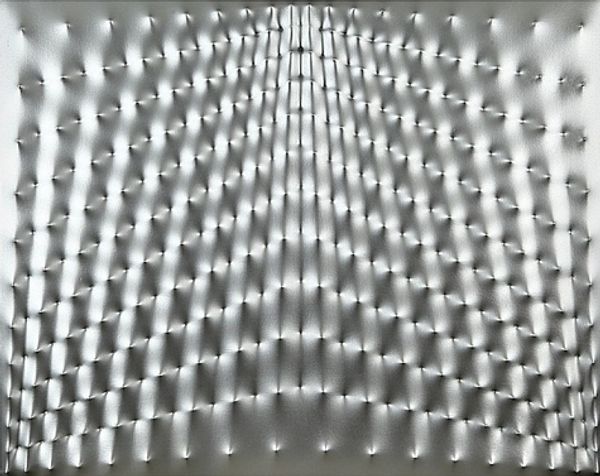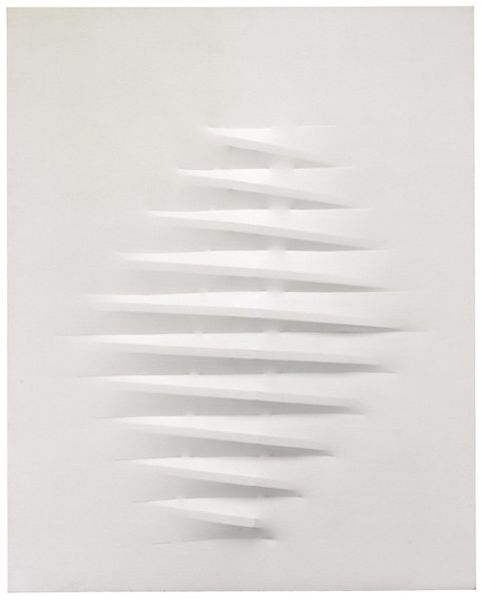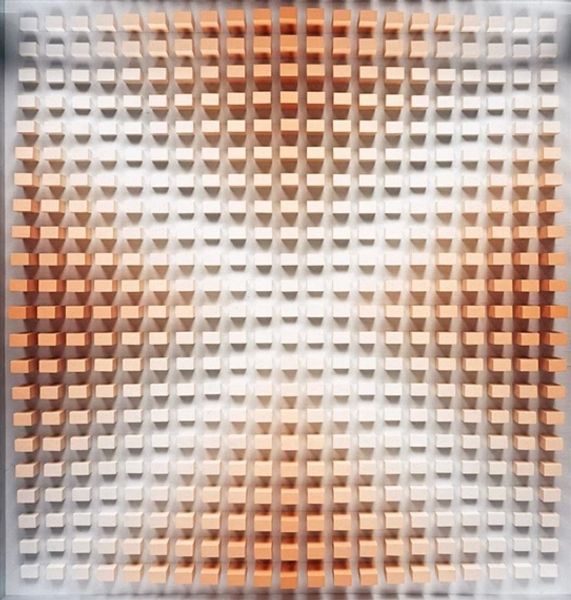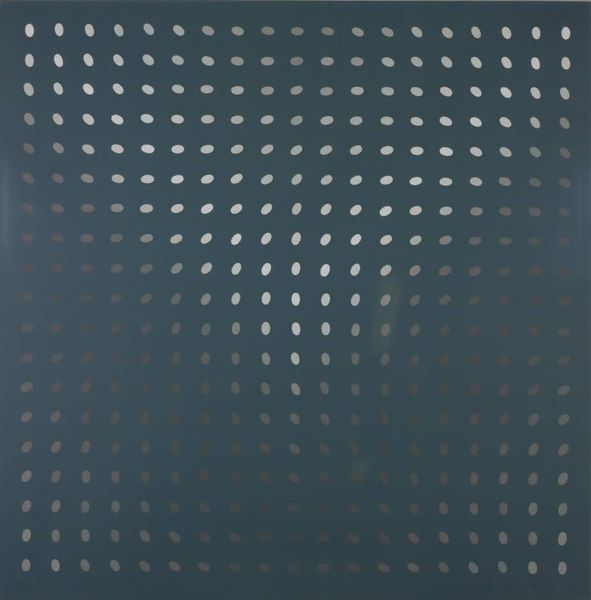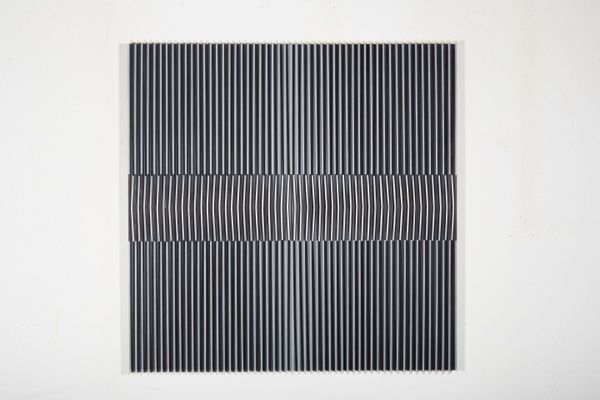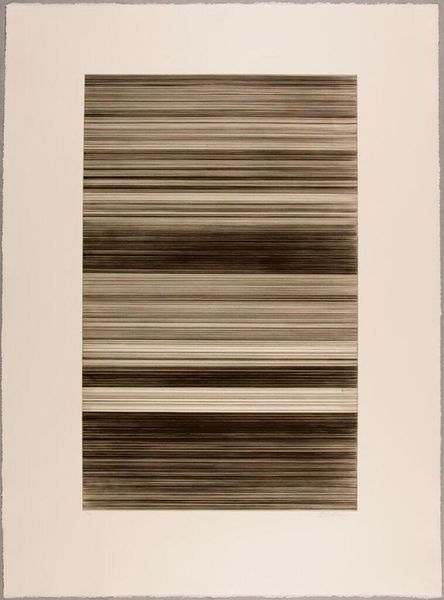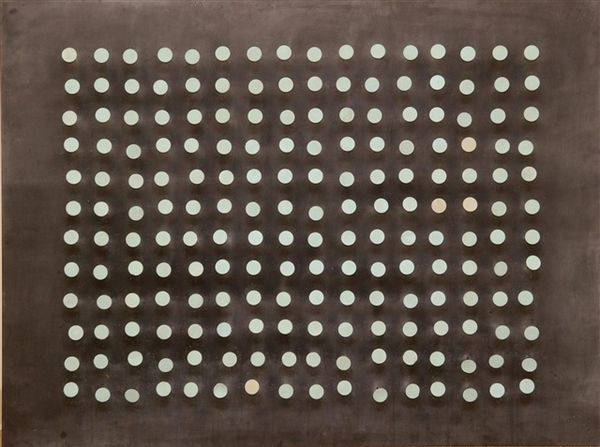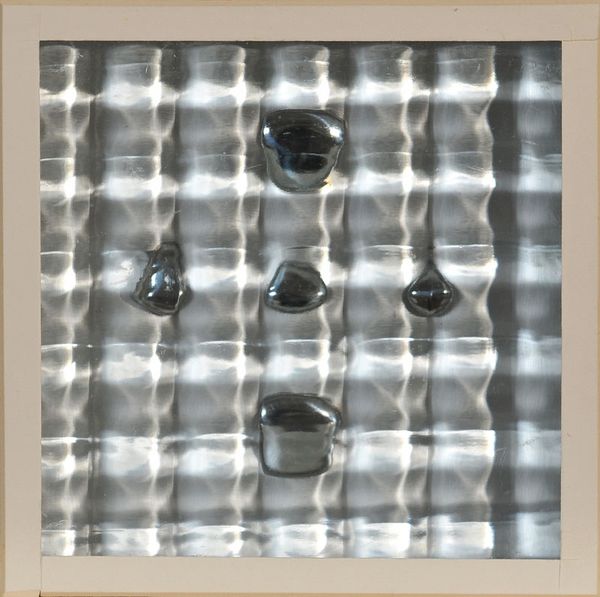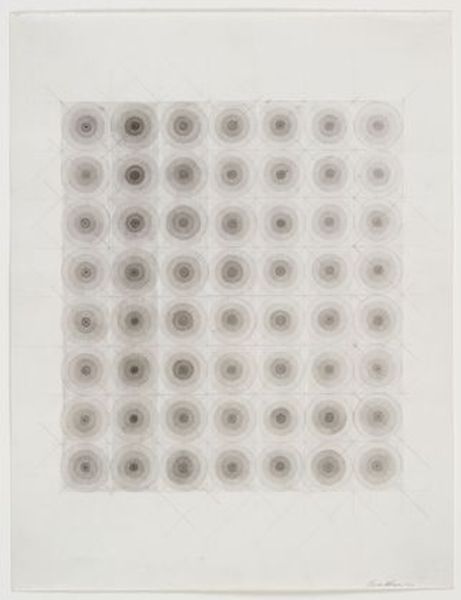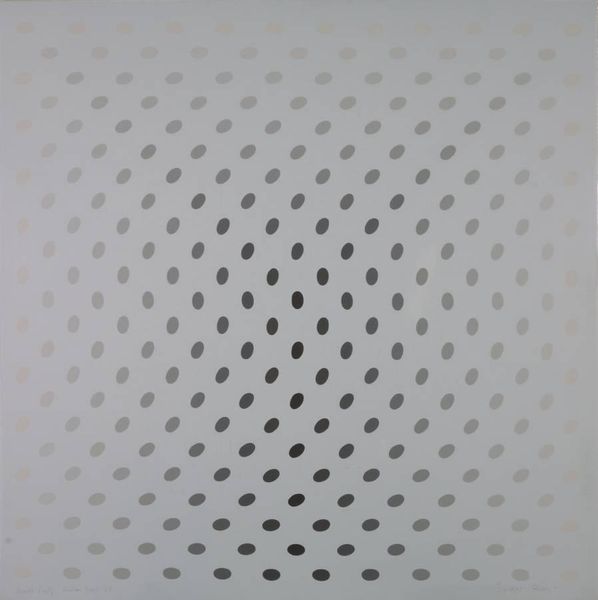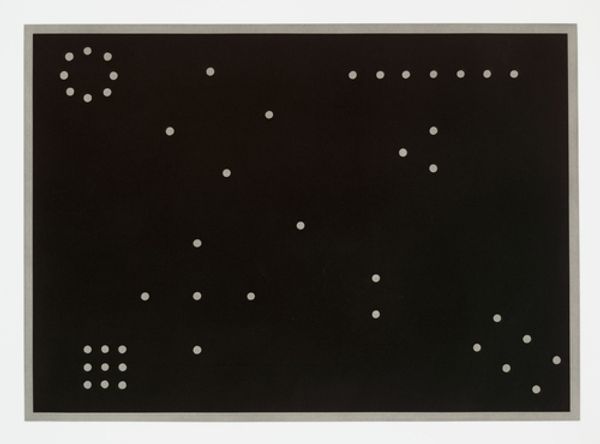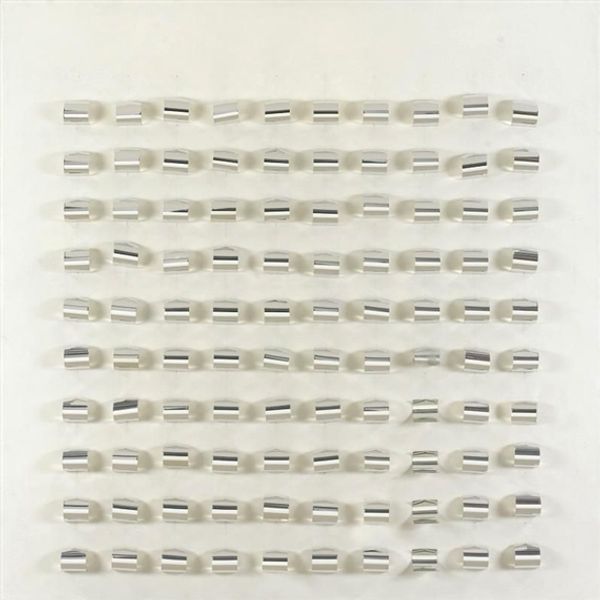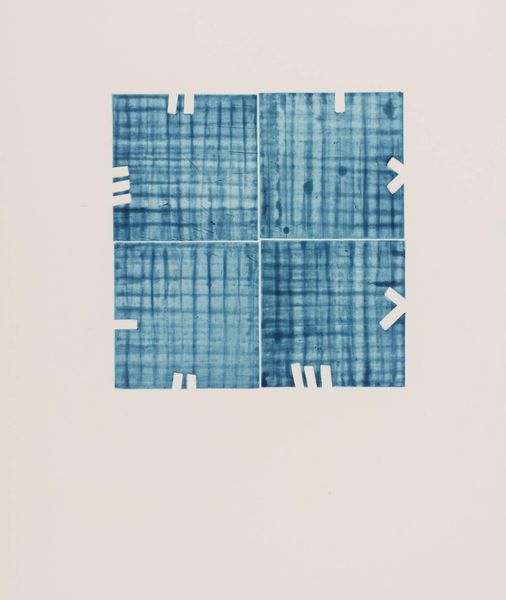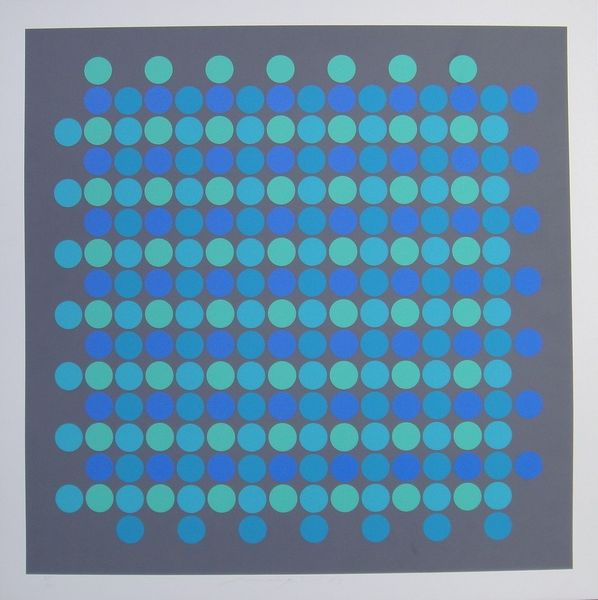
metal
#
abstract-expressionism
#
parametric
#
minimalism
#
metal
#
form
#
abstract pattern
#
geometric
#
abstraction
#
hard-edge-painting
Copyright: Enrico Castellani,Fair Use
Curator: Oh, wow. It’s like staring into a receding horizon of light. Kinda meditative, right? Almost hypnotic. Editor: Precisely the reaction Castellani was aiming for, I suspect. This is his "Superficie alluminio" from 1969, a defining example of his exploration into shaping surfaces as a means of artistic expression. It’s aluminum, cool to the touch I imagine, but creating an illusion of infinite depth. Curator: It’s funny, because the material itself seems so...cold. Industrial. But the overall effect is surprisingly organic. Almost like…the scales of a dragon, glinting in the sun. Editor: A keen observation. Castellani's work stands as a critique of traditional painting. By manipulating the canvas – in this case, aluminum – he challenges the idea of the canvas as merely a surface for representation. He perforates and reforms the material, compelling it to be the subject itself. In doing so, he aligns himself with post-war movements aiming to break down the boundaries between different art forms. Curator: So, he’s kind of freeing the canvas, letting it speak for itself, scream even! You know, breaking free of the rectangular confines by pushing those little protrusions outward? It's like he’s saying, "I refuse to just passively accept this square.” Editor: In a way, yes. This period, especially after World War II, witnessed artists questioning societal structures. Art became a stage for demonstrating dissent, critiquing established systems. Castellani uses the very physical act of manipulating materials as a parallel to social reconstruction. His art thus engages directly in the critical conversation of his time. Curator: Huh. I always thought of minimal art as detached. Like it lived in a vacuum, divorced from reality. But the socio-political ties add so many layers, making this much richer than just pretty metal dots. Editor: Indeed, understanding art within its historical and cultural framework allows us to discover the intricate dialogues and dynamic tensions that inform artistic expression. By connecting the artwork to its specific contexts we augment its aesthetic dimensions and provide an analysis which includes the public sphere of art, culture and political image. Curator: Okay. I will now look at minimal art with a different light, understanding that sometimes simplicity hides rebellious complexity. Editor: And hopefully now more folks will share that broader view.
Comments
No comments
Be the first to comment and join the conversation on the ultimate creative platform.
